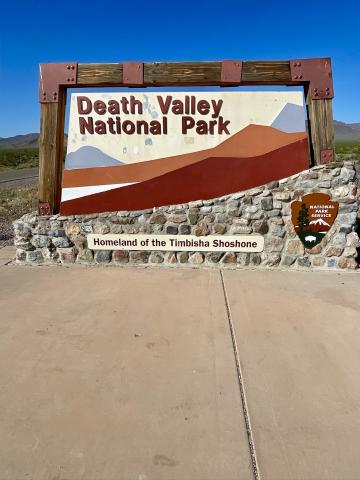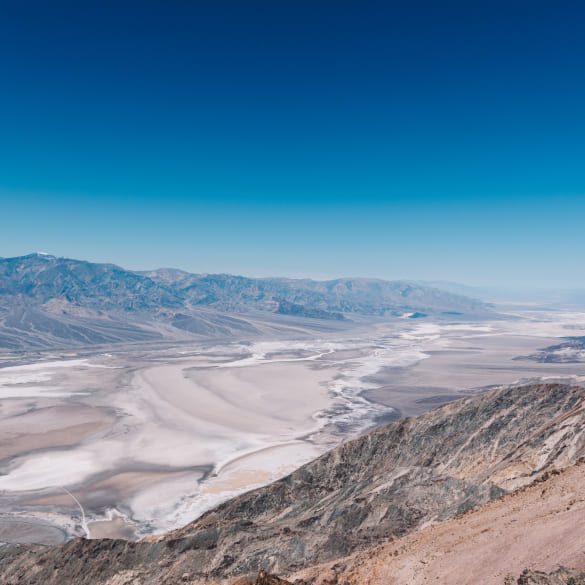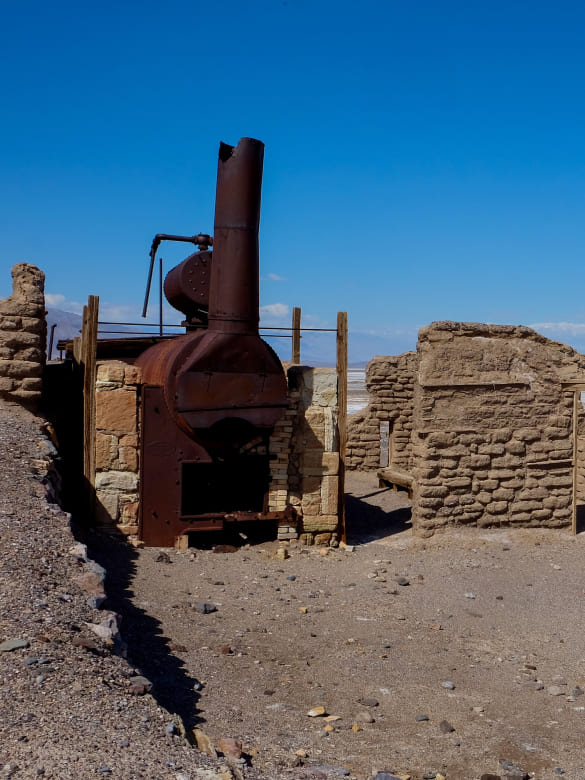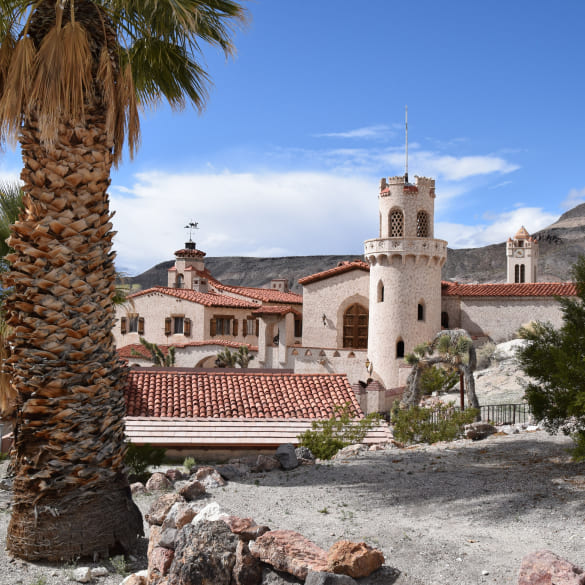
An Introduction To Death Valley National Park
Posted By:Robbins About The Author:testing

| This is an Introduction and Brief history of Death Valley. Follow the link at the bottom of the page for complete information on Death Valley. |
A brief history
President Herbert Hoover would be the first to truly recognise the significance of the park as a national icon – creating the Death Valley National Monument in 1933. This would officially get upgraded in 1994, when the monument was made a national park, and a further 1.3 million acres were added to its reach. But how did the park reach this point? Here’s a quick breakdown of what led to this landmark moment.

INDIGENOUS PEOPLE
Despite the relatively contemporary declaration of Death Valley as a national park, it could be argued that its history stretches back as far as 1.8 billion years. The oldest metamorphic rocks found in the valley can be dated to this time, and are a part of the exposed Black Mountains.
Over the course of hundreds of millennia, the valley would evolve into the basin we know it as today. The first inhabitants of the park were believed to have appeared nearly 10,000 years ago. The Nevares Spring were hunter gatherers, and the earliest known settlers to call the park home.
As time went on they would eventually be replaced by the nomadic Timbisha people, who remain the local inhabitants of Death Valley to this day. They were partly responsible for the forming of the Death Valley Indian Community reservation, where roughly 50 members of the tribe continue to live to this day.

MINING
The initial peace of the Timbisha was shattered in 1848, with the first discovery of gold in California. During this period, any large open area of land in the state was explored for any shred of the precious metal they could find. Death Valley was no exception to this, with operations beginning in the 1880s, running all the way through until 2005.
Despite initial struggles, the Harmony Borax Works ended up being the first success story of the park – although not for the reasons you might expect. While their ore deposit haul was sparse, the company rose to fame owing to a marketing campaign that saw them use a 20-mule team to transport all partially refined borax.
In truth, mining efforts in Death Valley were ultimately fruitless in comparison to neighbouring success, with any small mining communities set up in the park effectively becoming ghost towns by 1915. Mining closed entirely in 1933 when President Hoover signed the proclamation creating Death Valley National Monument, although by the end of that year operations opened again, albeit in smaller capacity.
The advance of technology in the second half of the 20th century meant borate, talc and sulphur mining operations kicked into gear once again – but this time with far more impact on the natural environment. This led to outcry from local people and authorities, which would result in enough pressure being put on mining operations to all but cease by the start of the 21st century. The final mine, named Billie, was closed in 2005.

COMMERCIALISM AND TOURISM
As commercialism and consumerism became the norm in 1920s America, the unique landscape served as a popular draw for those looking to make a buck off a populous with more cash in their pockets than at any other point in history.
A host of hotels and tented camping areas were set up to accommodate people using the valley as a winter getaway. The most famous of these was ‘Scotty’s Castle’. This large ranch home, built in the Spanish Revival style, became famous across America, drawing more people to the park.
The Great Depression would halt the flood of people to the park for leisure, but not kill it altogether. Visitors began favouring camping options as they were cheaper and more practical. This trend would persist through to the modern day, with the park receiving an estimated 1.1 million visitors each year.
Date Posted:May 6, 2024
Copyright © 2012 All Rights Reserved Website Design and Developed by Futerox Interactive
